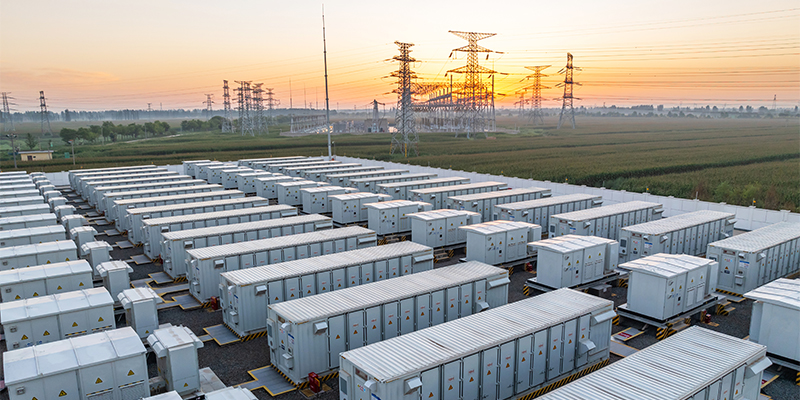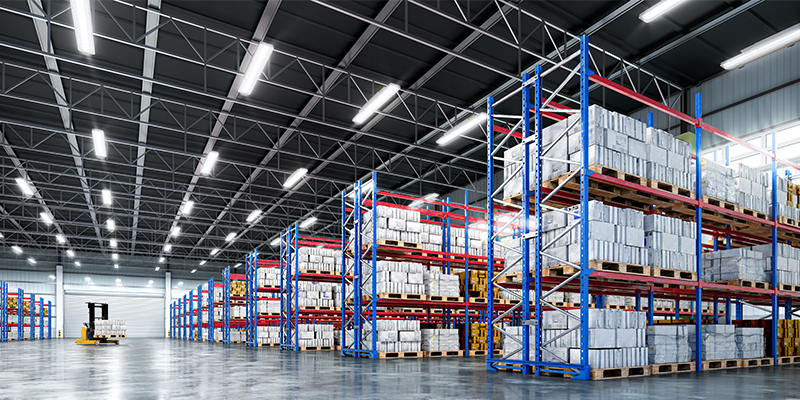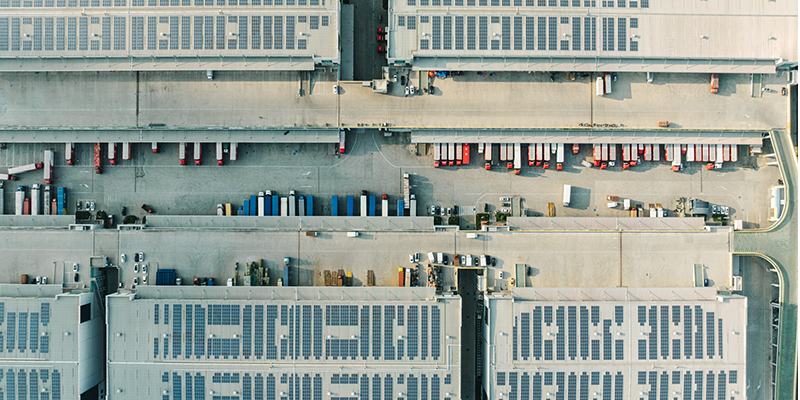By Kelly Hartog
It’s an exciting time in the commercial real estate industry with overall data center growth showing a greater demand for power capacity, crypto, mining and automation, according to David Hickey, global managing director with Hickey & Associates.
Hickey moderated a panel on the critical need for power in industrial development at NAIOP’s I.CON West conference this week in Los Angeles.
“We’re looking at this on not just a continued flow, but on an increased exponential level, much of it driven by hyper-scalers and the data center demand,” he said, noting that power grids in the U.S. face significant challenges, including seasonal effects, aging infrastructure, transmission problems and scheduling difficulties, all occurring amidst budget constraints. “That’s why our job is really to figure out what are those tradeoffs for a business to find that ultimate location.”
While there are a variety of factors in choosing that location including labor, taxes, costs, and supply chain logistics, Hickey focused on the real estate itself – the availability of land and sites, and the opportunity for those sites to obtain and sustain power today and in the future. He explained that supply chain issues, beginning during the COVID-19 pandemic and continuing to the present, hinder this.
Justin Smith, senior vice president for Lee & Associates, said that as a real estate broker, he’s navigating his clients through power constraints. He shared the example of an automotive manufacturer his firm is currently working with in Southern California’s Inland Empire.
“Anytime you have the real estate process, you have where you are and what you have left on your obligation and your contract and then trying to line up the property,” he said. “So, with auto manufacturing, you have all the phasing parts of moving in and that’s even ramping up as you think of what a power upgrade looks like and how it fits in with the manufacturer trying to phase in an operation. It adds a lot of complexity and then there’s a lot less to choose from, which makes every step [critical].”
Speaking from the construction development perspective, Brad Heitland, vice president at Mortenson Properties, noted that while the company is a commercial contractor, it has diversified into renewables. “About 40% of our business is renewables. We’re going to be across wind, solar, and storage high-voltage infrastructure, so we’re playing a role in creating the new generation to meet the needs,” he said.
He added that approximately a third of the company’s business is through data centers, “so on the other side we’ve got the large industrial users that are saying, ‘Hey, we need this power. Help us find it.’”
Utilities are used to their integrated resource processes, Heitland added, “where they assess what’s the new load, what’s our current generation, what’s retiring. We run an RFP to bring on new generation, which oftentimes takes many years, but in the arms race that is artificial intelligence, the folks aren’t waiting years as people want to move manufacturing in the U.S. as a result of the CHIPS act and Inflation Reduction Act.”
As such, Heitland said they’re having to come up with innovative ways to solve this power challenge by going to the government – whether it’s state or local utilities – that are willing to think outside the box to change the status quo on how they’ve been doing business for the last 50 years.
Michael Martella, senior economic development project manager for the town of Gilbert, Arizona, addressed some issues faced in suburban markets in the southeast valley of the Phoenix metro area. “The requests are obviously large and demanding,” he shared. “We are consistently working really closely with our utility providers, and I think you really have to focus on that.”
He added if companies looking at potential sites have a specific user in mind it’s worth reaching out, because “we can give you hopefully some better timelines and better cost estimates early on. Trying to have those conversations as soon as possible is really important for the developments within the state.”
He added, “Our utility providers are really looking at ways to diversify and grow our grid and their plans looking out to 2035. They’re anticipating to almost double capacity.”
Companies are identifying additional creative solutions. Mortenson, for example, is deploying battery storage and microgrids, among other things. “Basically, giga-scale microgrids are being developed and deployed now where you’ve got a combination of solar with wind, high volume of energy storage and on-site natural gas to provide gigawatt continuous loads to meet the power needs for the end user,” Heitland said.
Looking to the future, Martella said, “It’s important to think outside the box. Challenge the status quo. It’s going to take a different way of delivering to meet the needs of the country over the next five years.”

This post is brought to you by JLL, the social media and conference blog sponsor of NAIOP’s I.CON West 2025. Learn more about JLL at www.us.jll.com or www.jll.ca.








